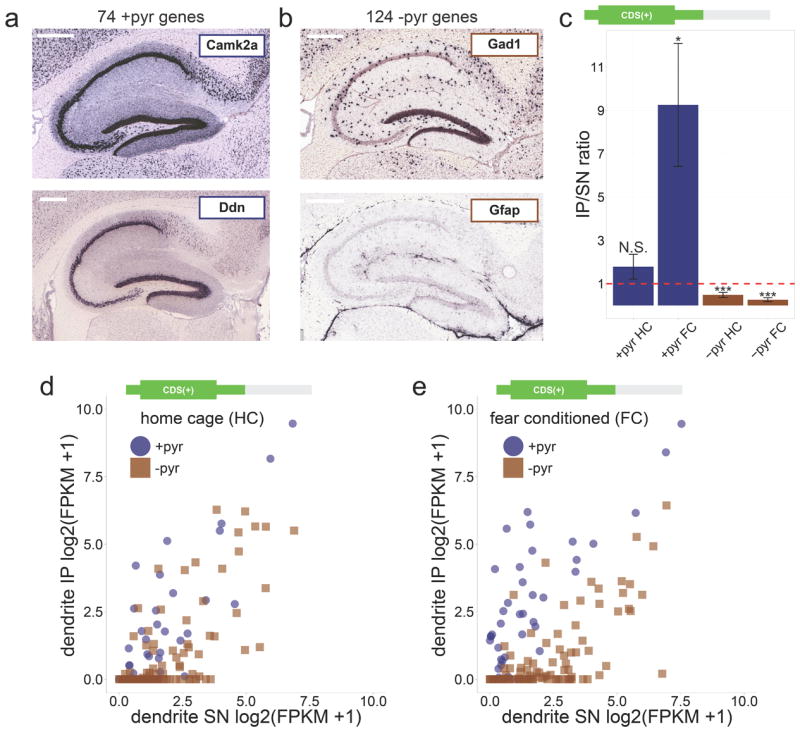Figure 3. Fear conditioning increases ribosome binding to dendritic mRNA.

(a) Examples of +pyr control genes with exclusive expression only in CA1 pyramidal cells. Scale bar = 0.4mm (b) Examples of −pyr control genes with expression only outside of CA1 pyramidal cells ((a) and (b): images from Allen Mouse Brain Atlas25). Scale bar = 0.4mm (c)In agreement with the enrichment of dendritic mRNA in the IP of dendritic punches, +pyr genes were on average enriched in the IP (IP/SN ratio > 1), while −pyr genes were on average enriched in the SN (IP/SN ratio < 1; CDS(+) FPKM values calculated from RNA-Seq data were used to calculate IP/SN ratios; red dashed line indicates IP/SN = 1; error bars represent SEM; Wilcoxon signed rank tests vs. IP/SN = 1 were performed for each group: N.S. = not significant, * = p < 0.05, *** = p < 0.0001). (d)Limited enrichment of dendritic mRNA in the home cage IP as indicated by a partial overlap between +pyr and −pyr genes in a scatterplot of IP and SN expression values (CDS(+) log2(FPKM+1) values calculated from the home cage dendritic RNA-Seq data were used to obtain expression values). (e)Fear conditioning increased enrichment of dendritic mRNA as indicated by increased separation between +pyr and −pyr genes (scatterplot generated similar to (d) except contextual fear conditioning dendritic RNA-Seq data were used). The increased enrichment of dendritic mRNA indicates increased ribosome binding of dendritic mRNA as a result of fear conditioning.
